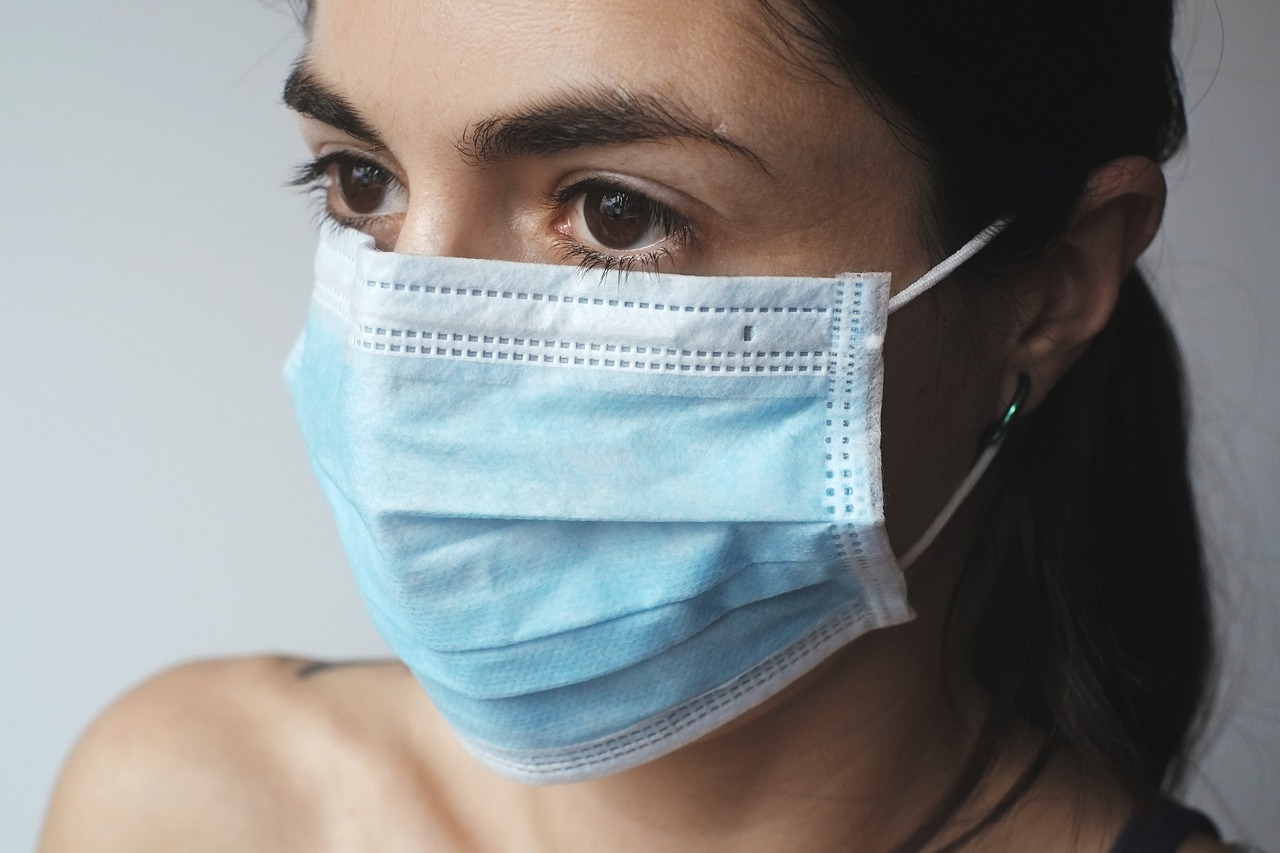Approaches for AI-based Face Detection with Masks
1. Masked Face Detection Models:
- Pre-trained Models:
- Utilize models like OpenCV’s Haarcascades, MTCNN, or RetinaFace trained on datasets with masked and unmasked faces.
- Fine-tuning:
- Improve performance by fine-tuning existing models with a dataset specific to masked faces.
2. Facial Landmark Detection:
- Landmark-based Methods:
- Identify facial landmarks to estimate face location, even when partially covered by a mask.
3. Mask Recognition Models:
- Train a Mask Recognition Model:
- Develop a model to recognize whether a person is wearing a mask, combining it with traditional face detection.
4. Hybrid Approaches:
- Combining Models:
- Enhance accuracy by combining face detection, landmark detection, and mask recognition.
5. Thermal Imaging:
- Thermal Cameras:
- Use thermal imaging to detect temperature variations on a person’s face, complementing computer vision methods.
6. 3D Face Recognition:
- 3D Models:
- Improve robustness with 3D face recognition, considering overall facial structure.
7. Contextual Information:
- Contextual Clues:
- Utilize contextual information, such as body parts or clothing, to aid face detection when masks are present.
Experiment with these approaches considering factors like dataset quality and specific use case requirements for optimal results.
Detailed Descriptions:
Masked Face Detection Models:
These models are designed to identify faces even when individuals are wearing masks. Utilize pre-trained models or fine-tune them with masked face datasets.
Pre-trained Models:
Explore models such as OpenCV’s Haarcascades, MTCNN, or RetinaFace for effective face detection, regardless of mask presence.
Fine-tuning:
Improve the performance of existing models by fine-tuning them with datasets specifically focused on faces with masks.
Facial Landmark Detection:
This involves identifying key facial landmarks, and providing valuable information for estimating face locations, even when masks are worn.
Landmark-based Methods:
Utilize methods based on facial landmarks to estimate face locations, enhancing detection accuracy in the presence of masks.
Mask Recognition Models:
Train models explicitly designed to recognize whether a person is wearing a mask, integrating this information with traditional face detection.
Train a Mask Recognition Model:
Develop models that can accurately identify the presence of masks on individuals, combining this information with standard face detection techniques.
Hybrid Approaches:
Combine multiple models, such as face detection, landmark detection, and mask recognition, to achieve higher accuracy in identifying faces with masks.
Combining Models:
Integrate different models to create a more robust system, leveraging the strengths of each component for improved face detection with masks.
Thermal Imaging:
Utilize thermal cameras to detect temperature variations on a person’s face, providing additional information to complement traditional computer vision methods.
Thermal Cameras:
Explore the use of thermal imaging as a supplementary method for detecting faces, especially in scenarios where traditional methods may be less effective.
3D Face Recognition:
Employ three-dimensional models for face recognition, considering the overall facial structure for improved accuracy, even when masks are present.
3D Models:
Enhance face recognition capabilities by incorporating three-dimensional models that capture additional depth information.
Contextual Information:
Consider contextual clues, such as the presence of other body parts or clothing, to aid in face detection when individuals wear masks.
Contextual Clues:
Leverage contextual information to enhance face detection algorithms, particularly in situations where masks may partially obscure facial features.
Image by Juraj Varga from Pixabay
